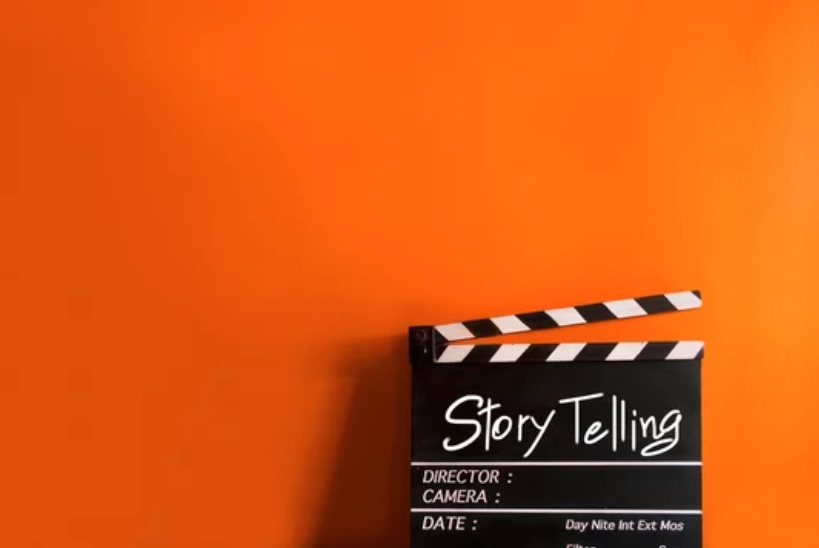How I found my way back to what I love—and how you can, too

Let’s be honest: Life can really get to life-ing. For the past few months, I’ve been neck-deep in covering the November elections from a hyperlocal perspective, and it was almost all-consuming. It was rewarding in many ways, but it was also draining. I just couldn’t figure out how to bring reporting the news and marketing […]
Leverage Storytelling to Land Your Next Job

If you aren’t experiencing the growth opportunities you’d like at your current employer, you may need to start looking elsewhere. Unfortunately, the job market right now (June 2024) is crazy competitive, and you need to stand out from the crowd. How competitive? According the federal Bureau of Labor Statistics, there are roughly double the number […]
Why Employees Need Storytelling for Personal Branding

In the competitive landscape of corporate America, having a strong personal brand can make or break your career. While we often think of a personal brand as more appropriate for entrepreneurs or public figures, it is a critical component for employees at all levels who want to stand out, advance their careers, and make a […]
Use Storytelling to Advance Your Career

Simply doing your job well — and even exceeding expectations on a consistent basis — isn’t always enough to advance your career. To stand out amongst your peers, you need to effectively communicate your contributions and achievements, and you should use storytelling to do it. By sharing your personal and professional stories, you highlight your […]
Storytelling as a Tool to Fulfill Your Nonprofit’s Mission

For your nonprofit organization, staying true to its mission and effectively communicating its values are critical. Storytelling can be one of the most powerful tools to help your nonprofit to fulfill its promise. Incorporating it into your organization’s communication strategy highlights its impact, engages your audience, and reinforces your mission. The Role of Storytelling in […]
Storytelling Can Boost Your Nonprofit Fundraising Efforts

Securing funding is a constant challenge for nonprofit organizations, and storytelling can make it easier. When nonprofits can engage donors on an emotional level by demonstrating the value of their work, they have a much better chance of attracting more funding. The Impact of Storytelling on Fundraising Stories have the unique ability to connect with […]
Nonprofit Storytelling: Connect with Beneficiaries and Donors

Your nonprofit organization faces a unique challenge: you must communicate effectively with both the people you serve and the donors who make it all possible. Each audience is critical for the success of your nonprofit organization but have different needs and perspectives. Stories can bridge the gap by creating deeper understanding and connection. The Unique […]
Transforming Employees into Powerful Brand Ambassadors

Did you know your employees can be you company’s most effective brand ambassadors? Remember when we talked about public relations as the third-party credibility you need to grow your business? Think of your employees sharing their personal stories and experiences working for you as the ultimate public relations win. Employee testimonials boost your company’s image […]
Build Team Collaboration and Innovation with Storytelling

Fostering creativity and collaboration within your team(s) is essential for driving innovation. One powerful tool you can use to achieve this is storytelling. By integrating storytelling into the workplace, you inspire creativity, enhance team collaboration, and, ultimately, drive innovation. Storytelling can help accomplish these goals and the case studies below of teams that have successfully […]
Use Storytelling to Attract and Keep Top Talent

Attracting and retaining top talent is a critical challenge for businesses of all sizes, especially when the job market is particularly competitive. No matter if you have a five-person team or 50, traditional recruitment methods are still essential, and the power of storytelling can significantly enhance your ability to hire and keep exceptional employees. The […]
